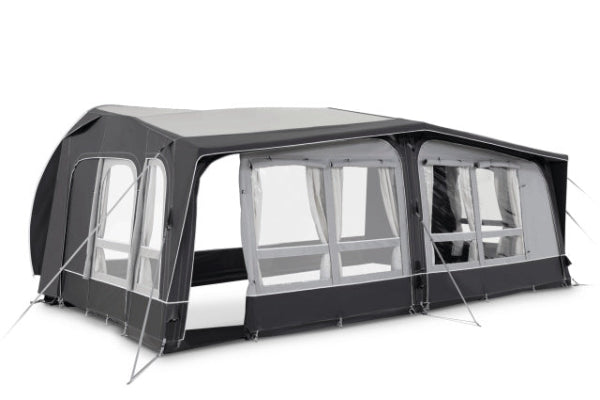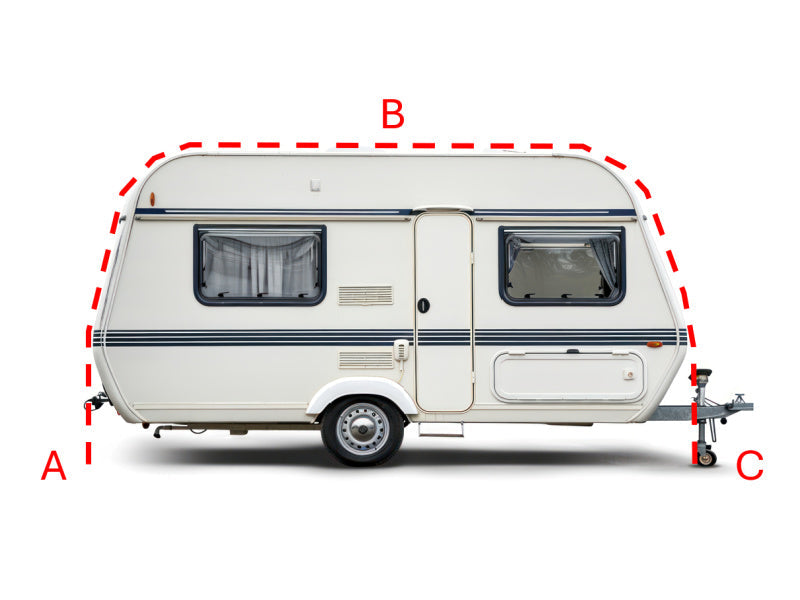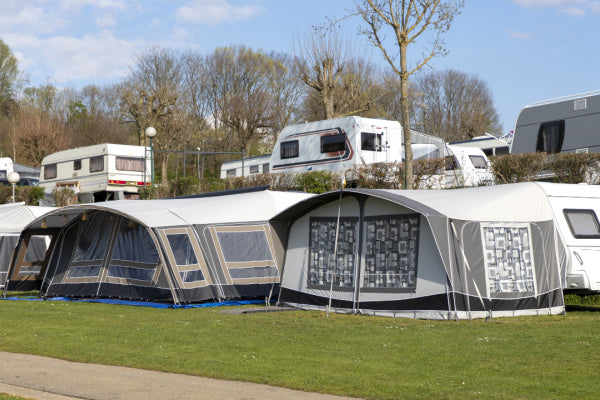Portable Power Station: A User's Guide
Ever wished your phone charger had superhero powers? Portable Power Stations are just that—back-up energy beasts for camping, outages, or DIY marathons. How to operate one? Charge it, plug in, don’t overload. Simple! But if you want max battery life (and fewer meltdowns), keep reading for pro tips.
Understanding Your Portable Power Station and Initial Setup
What is a Portable Power Station and Its Key Features
Definition and Components
A portable power station is a compact, rechargeable device that stores energy. It’s designed to power electronics and appliances when you're off-grid or during outages. These stations usually include a battery, inverter, and a variety of output ports.

Capacity (Wh/Ah)
Power capacity is measured in watt-hours (Wh) or amp-hours (Ah). This tells you how much energy the battery can store. A higher rating means longer usage between charges.
Output Power (W/kW)
Output power is the amount of electricity the station can deliver. It’s usually listed in watts (W) or kilowatts (kW). Always check this to ensure it matches the needs of your devices.
Port Types (AC, DC, USB)
These stations typically offer AC outlets for household appliances, DC ports for certain gadgets, and USB ports for phones or tablets. The more port options, the more versatile the unit.
Input Methods (AC Wall, Solar, Car)
You can recharge the power station using a wall socket, solar panel, or car outlet. Some models support all three. This makes them ideal for both home and travel use.
Battery Chemistry
Most portable stations use lithium-ion or LiFePO4 batteries. LiFePO4 tends to last longer and stays cooler, but it’s heavier. Battery chemistry affects lifespan, safety, and performance.
Display Indicators
Look for an LCD display showing charge level, power input/output, and system alerts. Keeping an eye on the screen helps you avoid surprises mid-use.
First-Time Setup and Charging Procedures
Unboxing and Initial Checks
Start by unboxing your unit and checking for any visible damage. Make sure all accessories are included. It’s good practice to read through the user manual before plugging anything in.
AC Wall Charging Guidelines
The fastest and simplest way to charge is through a standard wall socket. Plug the charger into the input port and wait for it to reach full capacity. This can take several hours depending on battery size.
Solar Panel Charging Best Practices
Solar charging is slower but great for outdoor use. Use panels recommended by the manufacturer. Position them in direct sunlight and avoid shade or cloudy weather.

Car Charging Considerations
You can use your vehicle’s 12V socket for charging on the go. It’s slower than other methods but handy during road trips. Keep your engine running to avoid draining the car battery.
Understanding Charging Time
Charging time depends on the input source and battery capacity. Wall outlets are typically fastest, followed by solar and then car charging. Some models show estimated charging time on the display.
Operating Your Portable Power Station to Power Devices
Connecting and Powering Different Device Types
Powering AC Appliances (Wattage Limits, Appliance Compatibility, Surge Protection)
Plug your appliance into the AC outlet and check that the device’s wattage is within the station’s rated limit. Some appliances have a surge or startup wattage, which must also be considered. Overloading the outlet could shut the unit down or damage it.
Connecting DC Devices (12V Car Port, Barrel Plugs)
Use the DC output for compatible gadgets like fridges, fans, or CPAP machines. These often use a car-style plug or barrel connector. Always double-check the voltage and polarity.

Utilising USB Ports (USB-A, USB-C PD, Fast Charging)
USB ports are ideal for phones, tablets, and smaller electronics. USB-C PD offers fast charging for newer devices. Use the correct cable to avoid slow charging or overheating.
Core Operation and Advanced Features
Powering On and Off the Unit
Switch on your unit using the main power button. Some models activate automatically when a device is connected. Remember to turn it off when not in use to save energy.
Activating Individual Output Ports
Many stations have separate buttons for AC, DC, and USB outputs. Turn on only the ports you're using. This helps conserve battery and avoids accidental power loss.
Understanding Pass-Through Charging
Some stations allow pass-through charging—charging the battery while powering devices. This is useful but may heat up the unit. Not all models support this feature, so refer to the manual first.
Safety, Maintenance, and Troubleshooting for Your Power Station
Essential Safety Guidelines and Maintenance for Longevity
Proper Ventilation and Environmental Conditions
Use your power station in a well-ventilated area. Keep it away from extreme heat, direct sunlight, and moisture. Overheating can damage internal components.
Avoiding Overloading and Short Circuits
Stick to the rated limits for each port. Avoid daisy-chaining devices or using damaged cables. These can cause short circuits and trip the system.
Safe Storage Practices
Store the power station in a cool, dry place. Don’t leave it plugged in for long periods. Top up the battery every few months to prevent deep discharge.
Routine Cleaning and Care
Wipe the exterior with a dry cloth and inspect the ports regularly. Clean dusty connectors with a soft brush. This helps maintain good performance and prevents wear.
Battery Health and Lifespan Tips
Try to keep the battery between 20% and 80% charge. Avoid full discharges or overcharging. This reduces battery stress and extends its lifespan.
Common Issues and Troubleshooting Solutions
Power Station Not Charging
Check the cables, power source, and input port. Replace any faulty components and ensure connections are snug. If still not charging, consult the manual.
Devices Not Powering On
Ensure the station is switched on and the correct port is active. Try using another device to rule out a port issue. Also check for tripped breakers.
Interpreting Display Error Codes
Most errors relate to temperature, overload, or input issues. Refer to the manual for specific codes. Resolving the root issue usually clears the warning.
Reduced Runtime or Performance Issues
This can be caused by cold weather, battery age, or running too many devices. Reduce the load and fully recharge the station. If issues persist, battery degradation may be the cause.
Other content you might like:
- What Appliances Can You Use on a 1000W Inverter?
- What Is the Difference Between an Inverter and a Power Station?
- Can You Charge a Portable Power Station With a Solar Panel?
- Is 200W Solar Enough for Camping?
- Can I Plug My Motorhome Into a Portable Power Station?
- How Does a Power Station Work Step by Step?
- How to Know if a Portable Power Station Is Fully Charged?
- How Long Does a Portable Power Station Hold Its Charge?
- Can You Overcharge a Portable?
- Can I Use My Portable Power Station While Charging?





Leave a comment